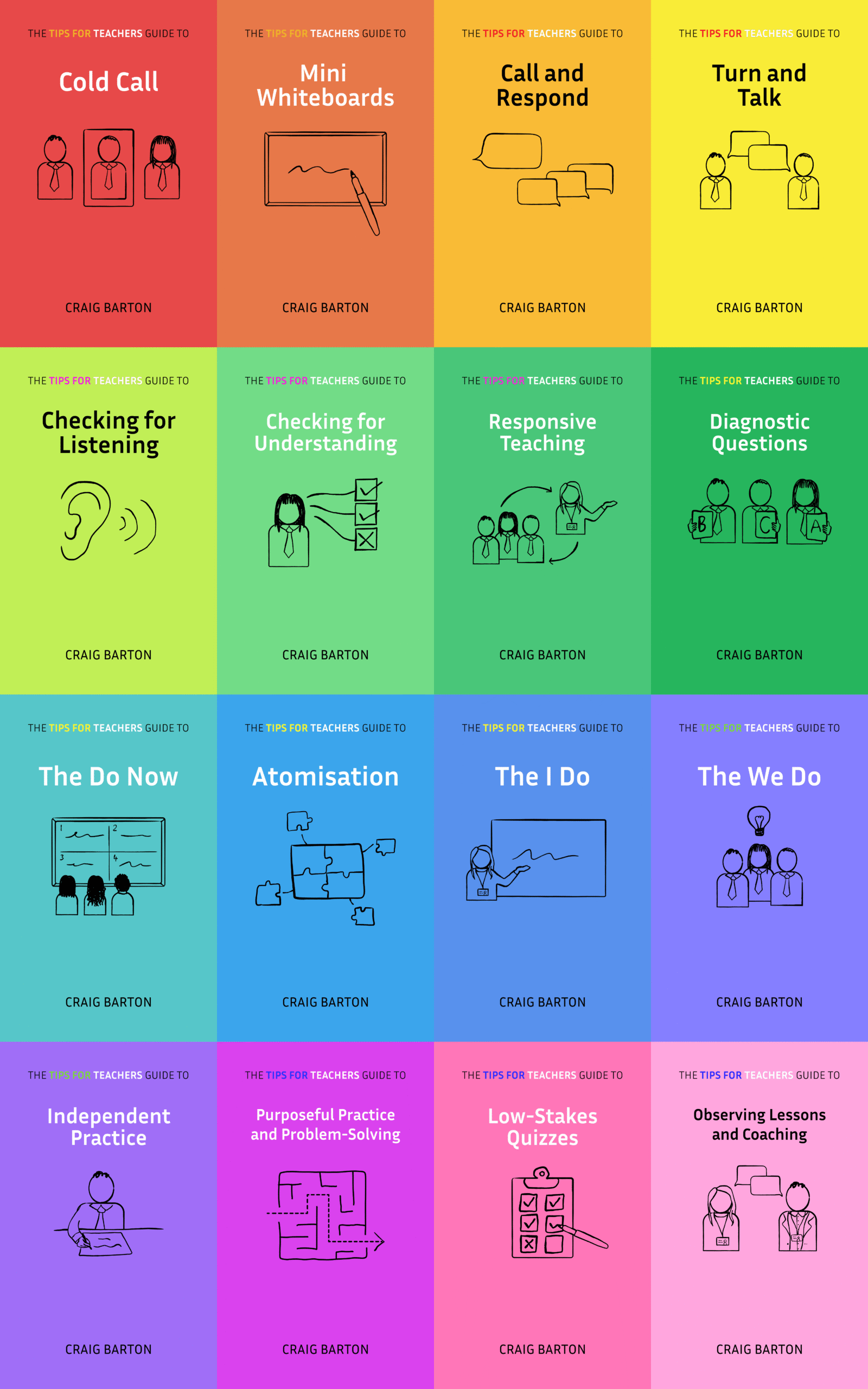
- Title: Wait Time: Slowing Down May Be A Way of Speeding Up!
- Authors: Mary Budd Rowe
- Access the original paper here
- Listen to a deep-dive podcast:
Paper summary
This excerpt from Mary Budd Rowe’s research paper explores the concept of wait time in education. Wait time refers to the amount of time teachers pause after asking a question and after students respond. Rowe’s research, spanning over 20 years, demonstrates that increasing wait times to 3 seconds or more significantly enhances the quality of student responses, promotes student engagement, and fosters deeper learning. Her work identifies multiple benefits, including increased response length, greater use of logic and evidence, higher levels of student questioning, improved student-student interaction, and reduced discipline problems. Rowe also examines the impact of wait time on teachers, finding that it leads to more flexible teaching styles, higher-level questioning techniques, and a shift in teacher expectations of students. The paper concludes by discussing training procedures for teachers to effectively incorporate wait time into their teaching practices and explores the application of the wait time
What are the key implications for teachers in the classroom?
- Wait Time 1 and Wait Time 2: Teachers should aim for an average wait time of 3 seconds or more after asking a question (Wait Time 1) and after a student responds (Wait Time 2). This will allow students more time to process information and formulate thoughtful responses.
- Effects on Students: Increasing wait times has several positive effects on students, including:
- Longer and more elaborate student responses.
- Increased use of evidence and logical arguments in their responses.
- More speculative thinking and questions from students.
- Increased student-to-student interaction and less reliance on the teacher.
- Fewer instances of students failing to respond.
- Improved classroom discipline.
- A wider range of students participating in discussions.
- Increased student confidence.
- Improved achievement on complex written assessments.
- Effects on Teachers: Longer wait times can also positively affect teachers:
- Teachers’ responses become more flexible and exhibit fewer discourse errors.
- The type of questions asked by teachers evolve to be more focused on clarification, elaboration, and consideration of diverse perspectives.
- Teacher expectations for student performance can shift positively as more students participate and demonstrate their understanding.
- Training for Wait Time: Training teachers to increase wait time effectively is crucial. Teachers should be aware of verbal habits, such as mimicry (repeating student responses), that can inhibit longer wait times. Training programs that involve transcribing and analyzing classroom interactions have proven most effective in helping teachers achieve the desired 3-second wait time average.
- Teacher Beliefs: It is important to address teachers’ concerns about losing control of the classroom with longer wait times. Research suggests that behavior management is easier with longer wait times.
- Special Education: Extending wait time, particularly Wait Time 1, has also been shown to benefit students with special needs, including those who are gifted and those with mild or severe handicaps. These students may require additional processing time to understand and respond to questions effectively.
- Additional Notes:
- While both Wait Time 1 and 2 are important, research suggests that Wait Time 2 (pausing after a student’s response) has a more significant impact on many outcomes.
- The concept of wait time is applicable across a wide range of instructional settings and grade levels.
- Wait time is not simply a technique but a powerful tool that can transform classroom dynamics, creating a more inclusive and intellectually stimulating learning environment.








